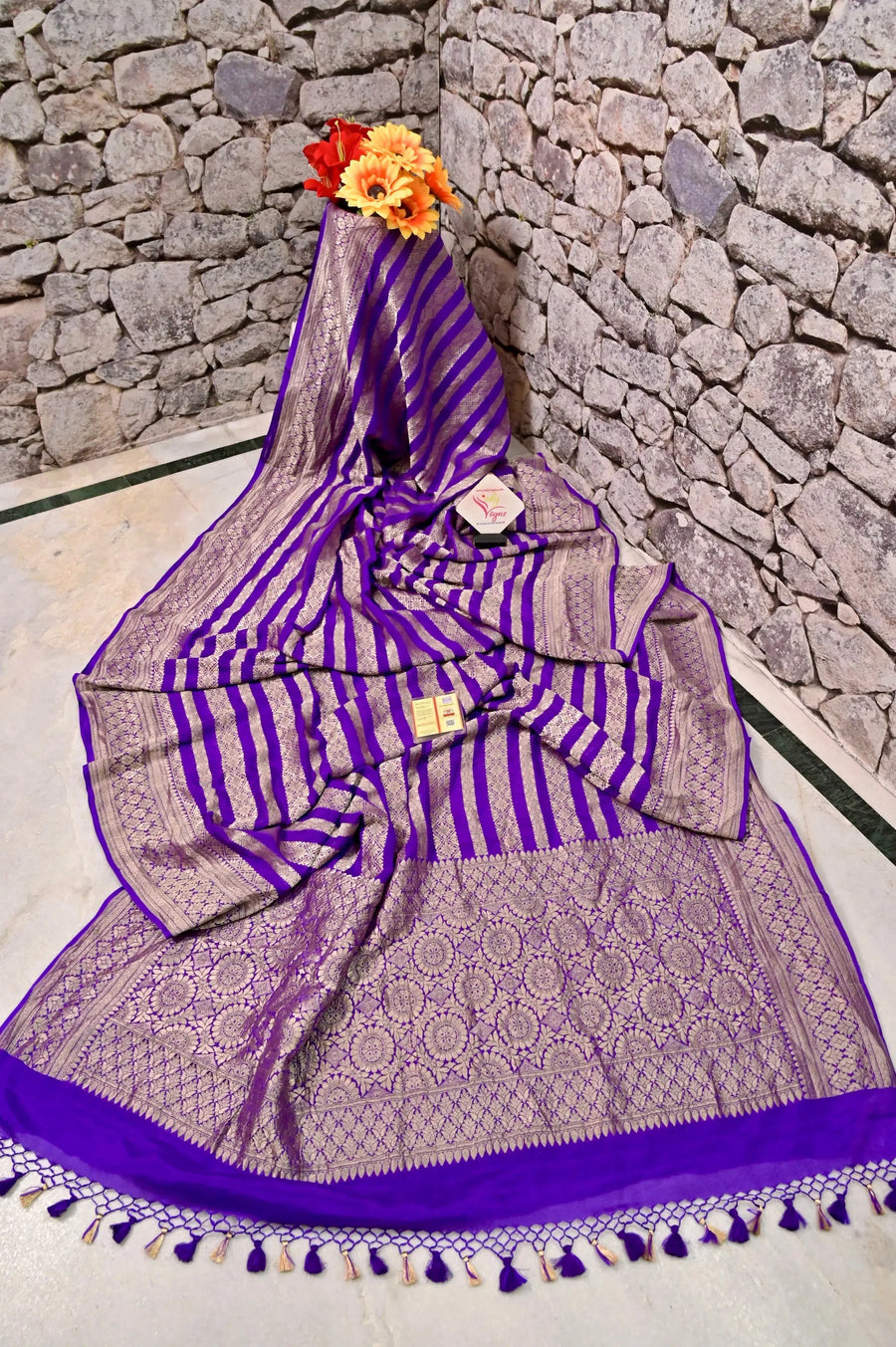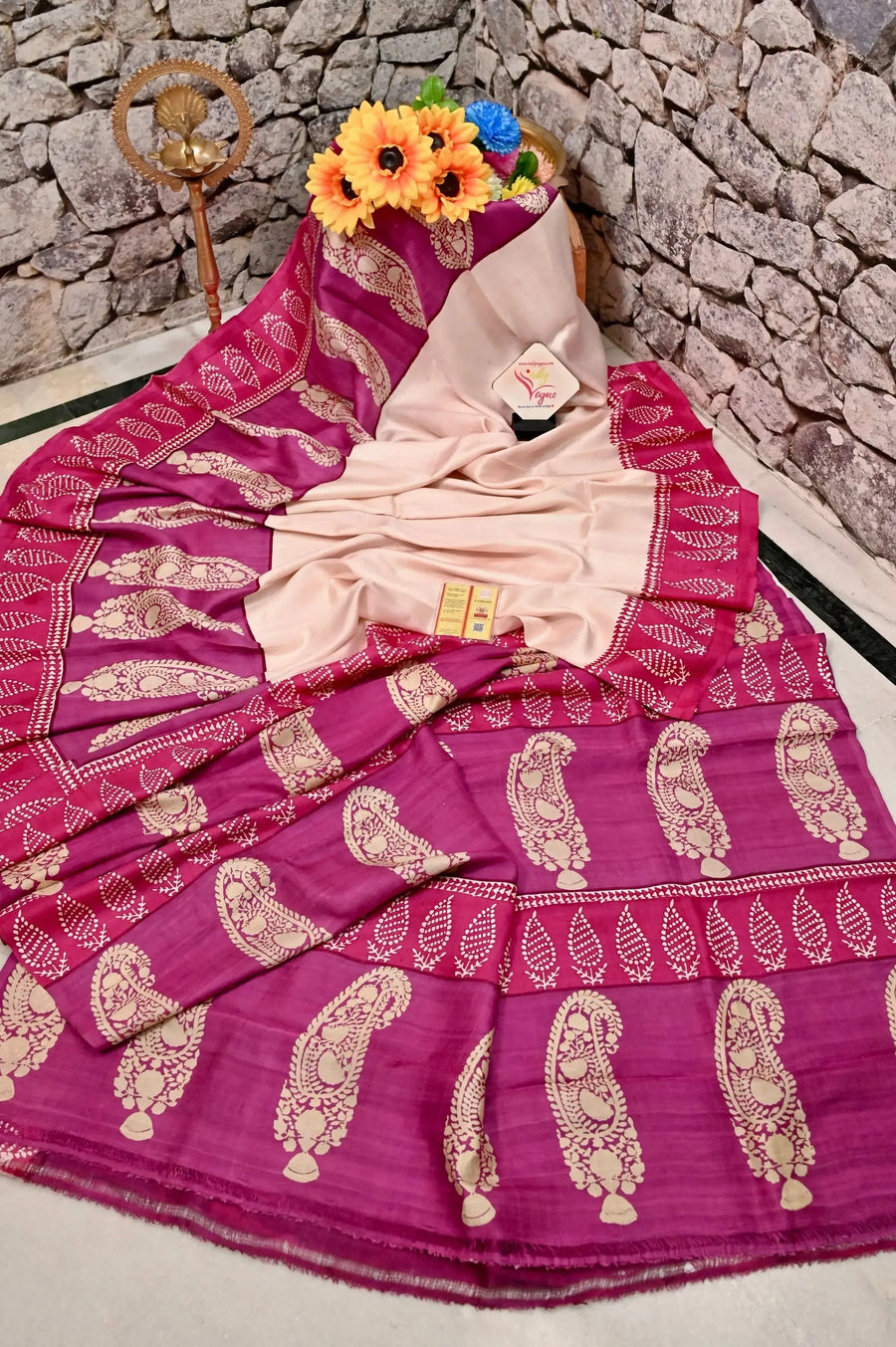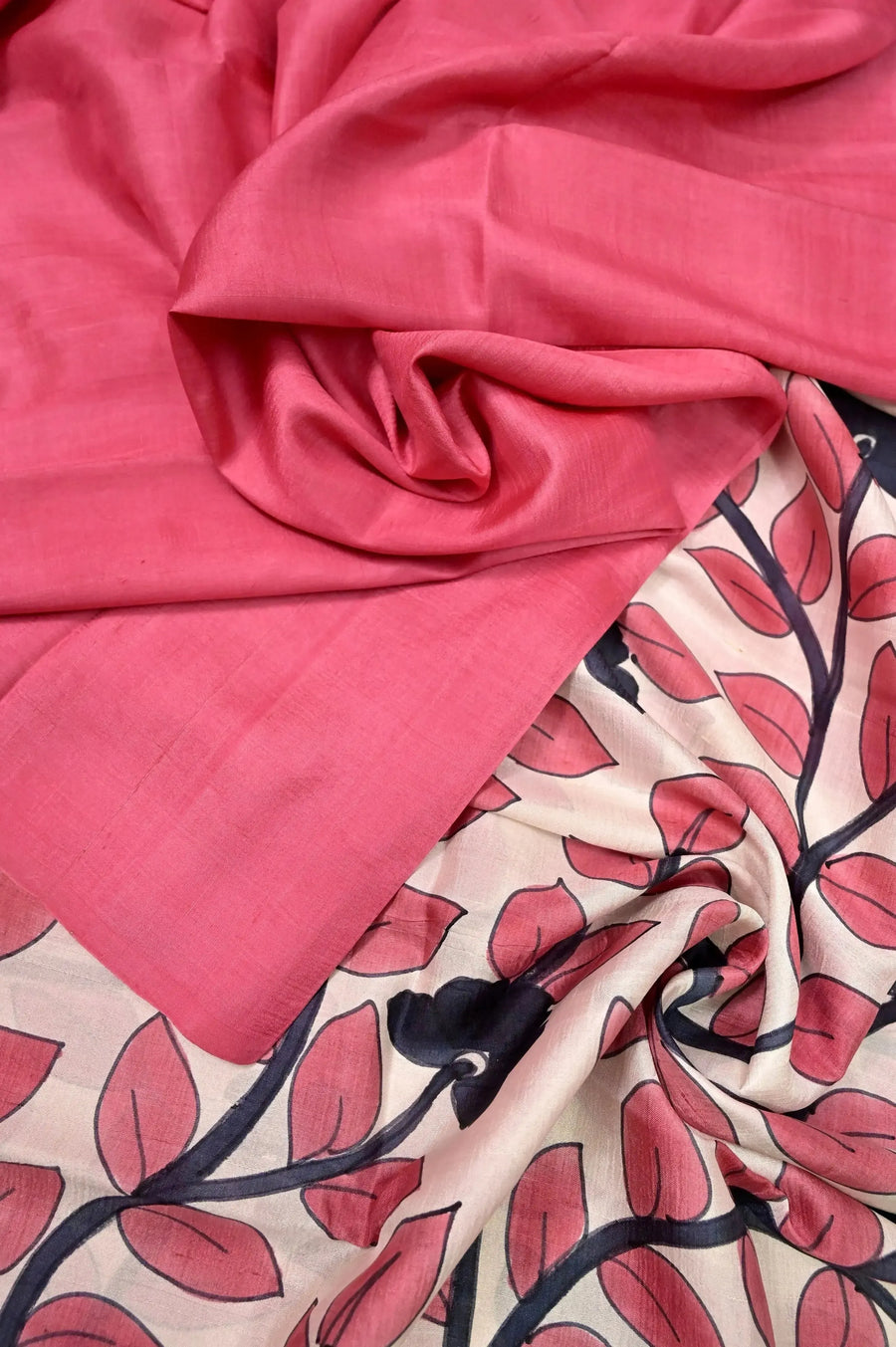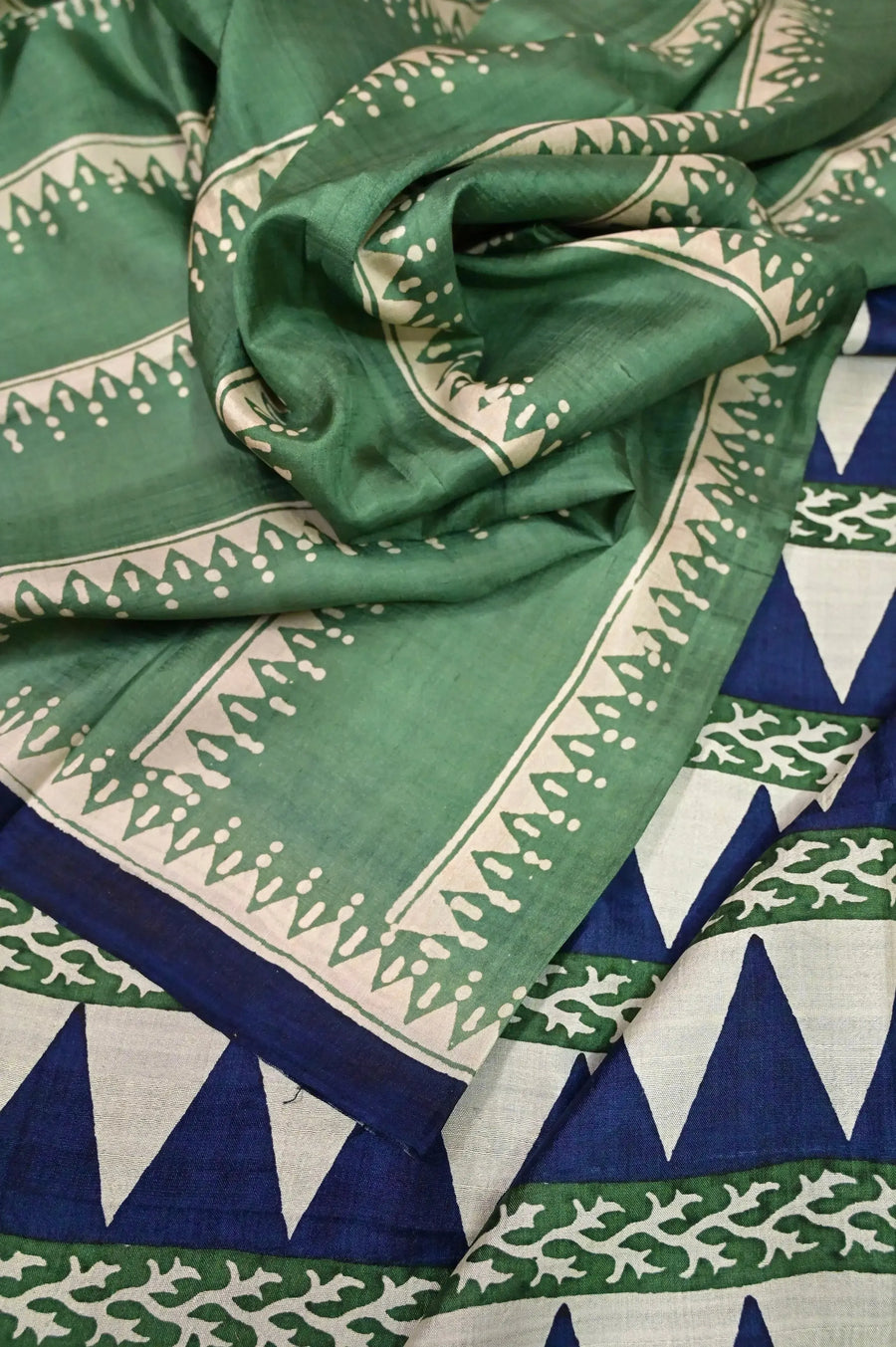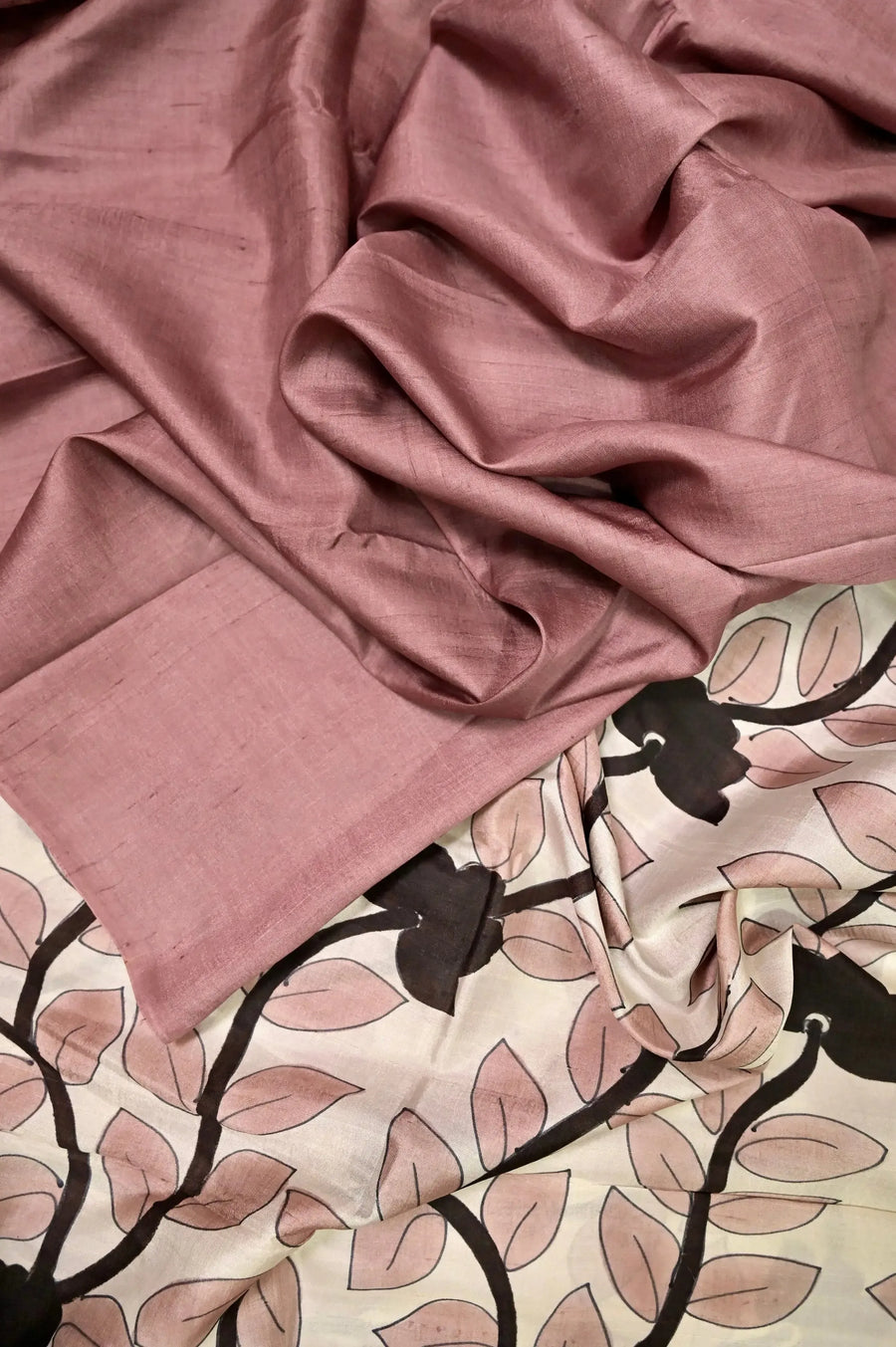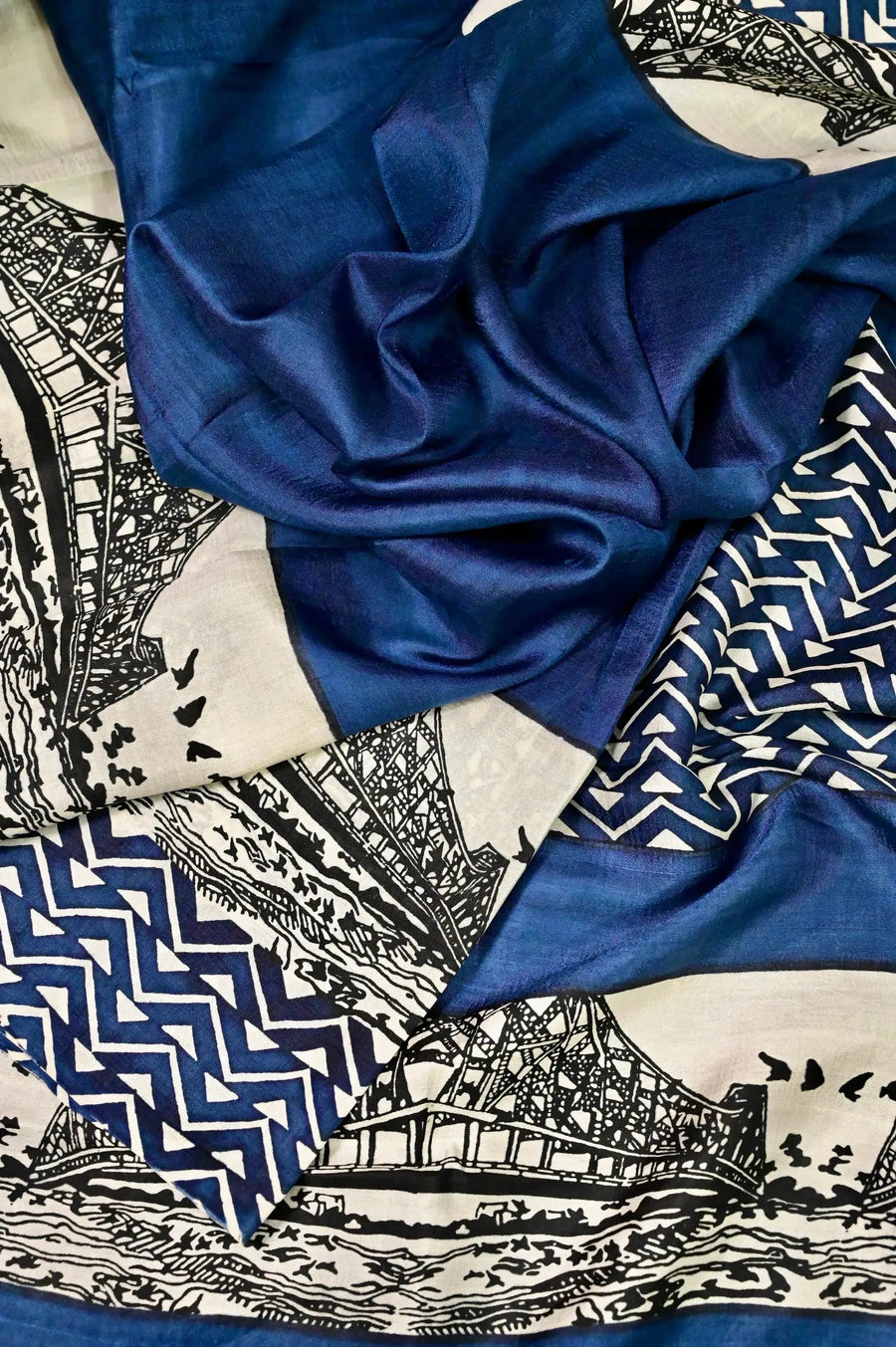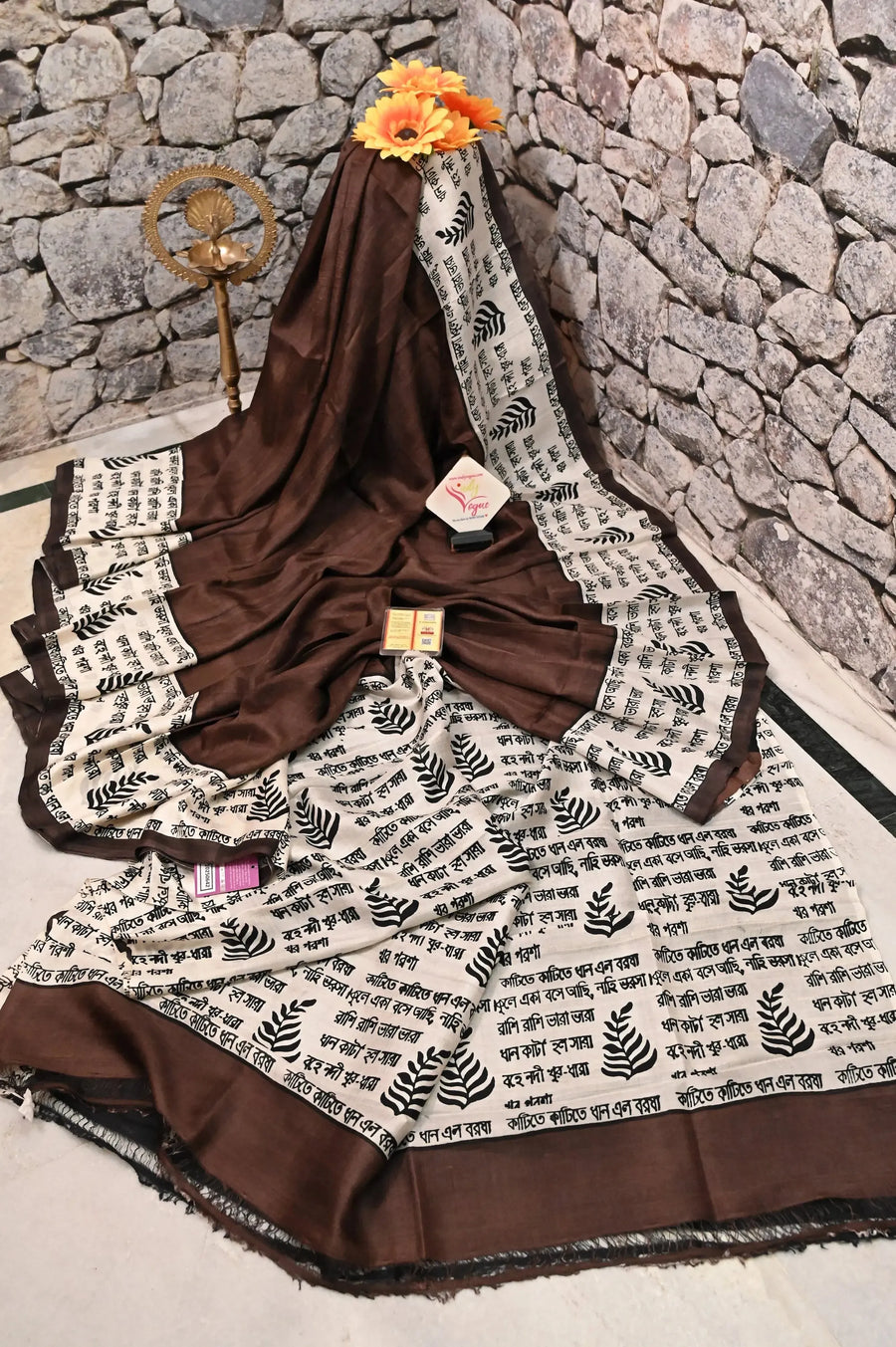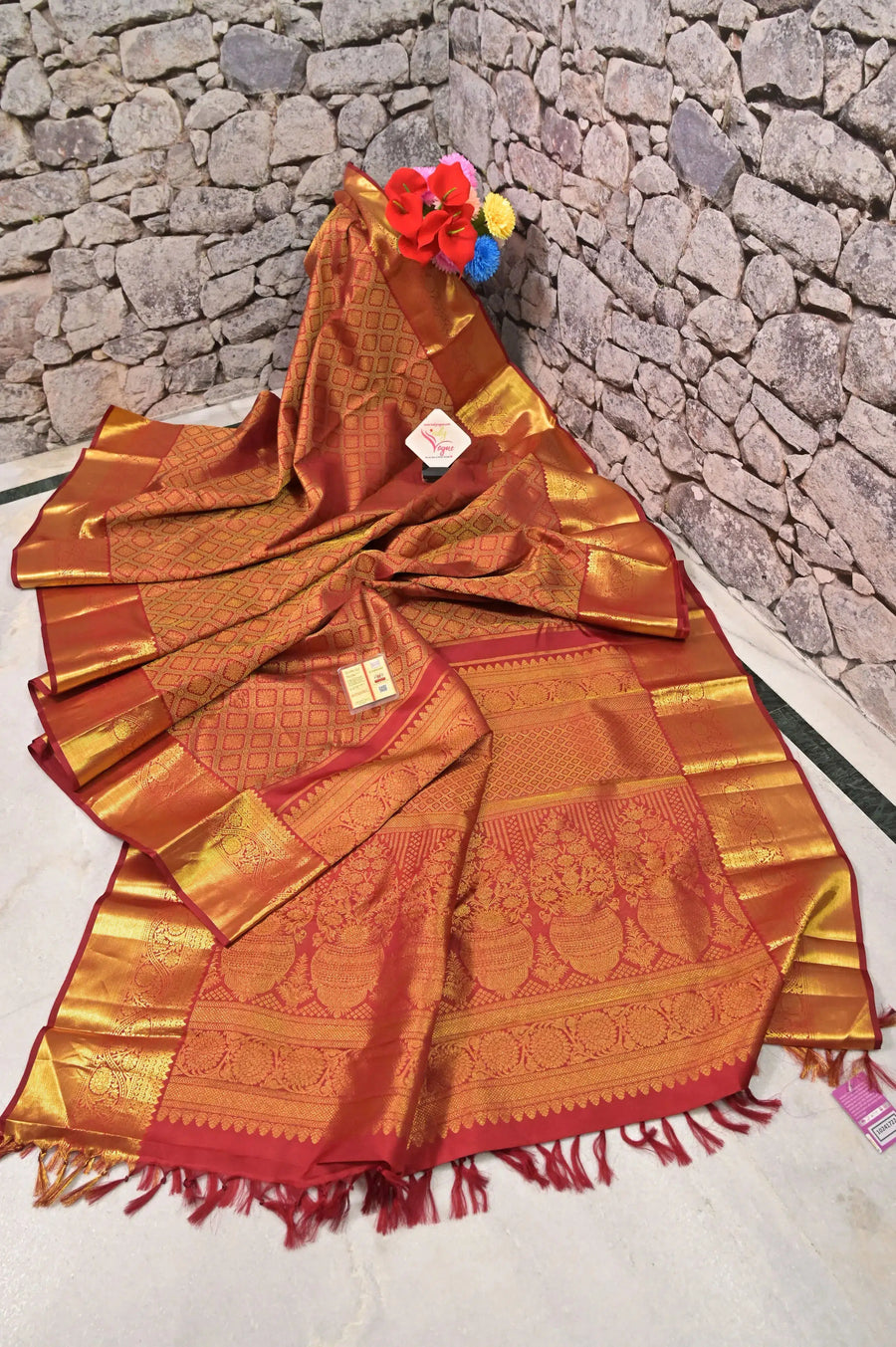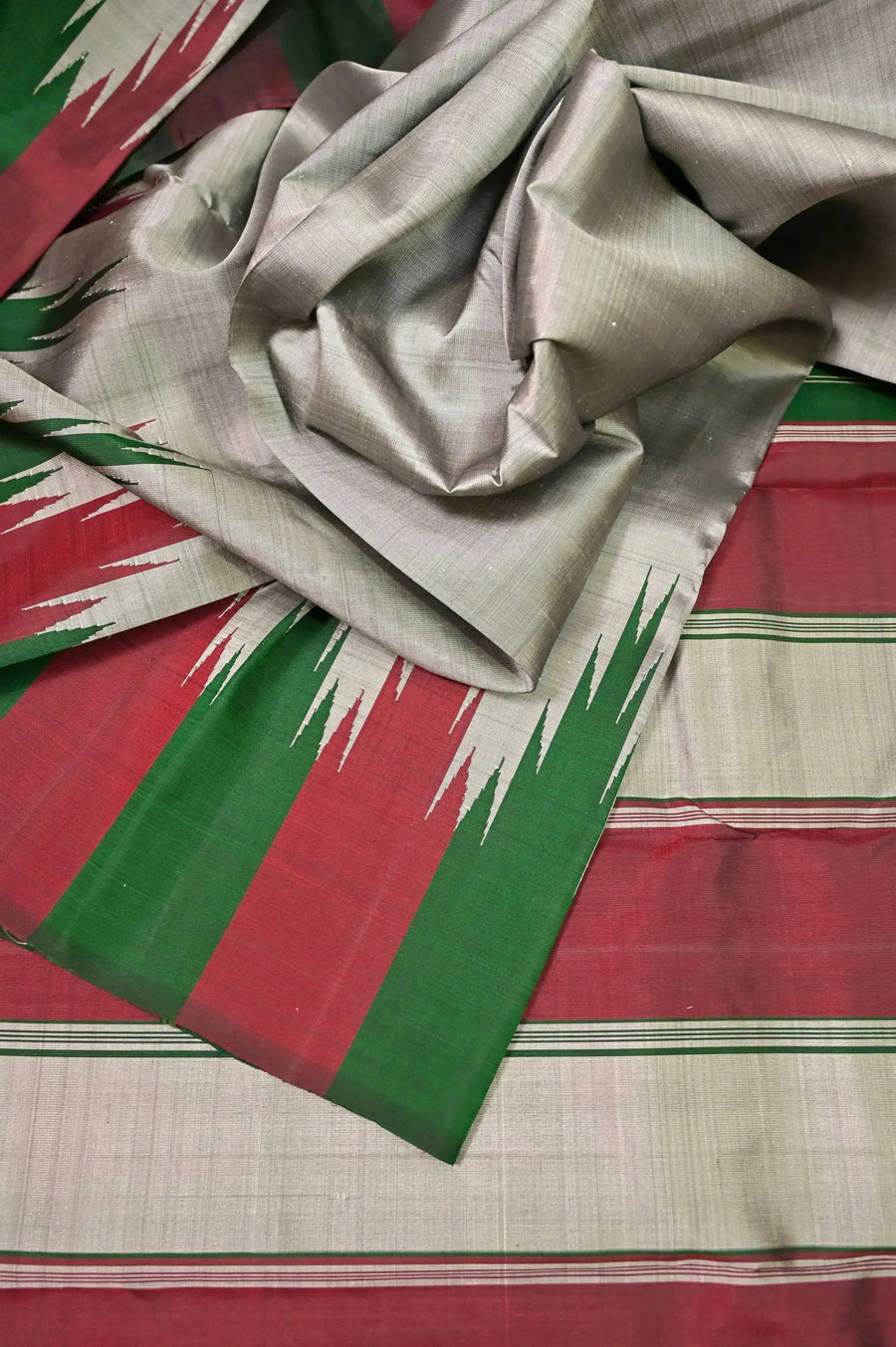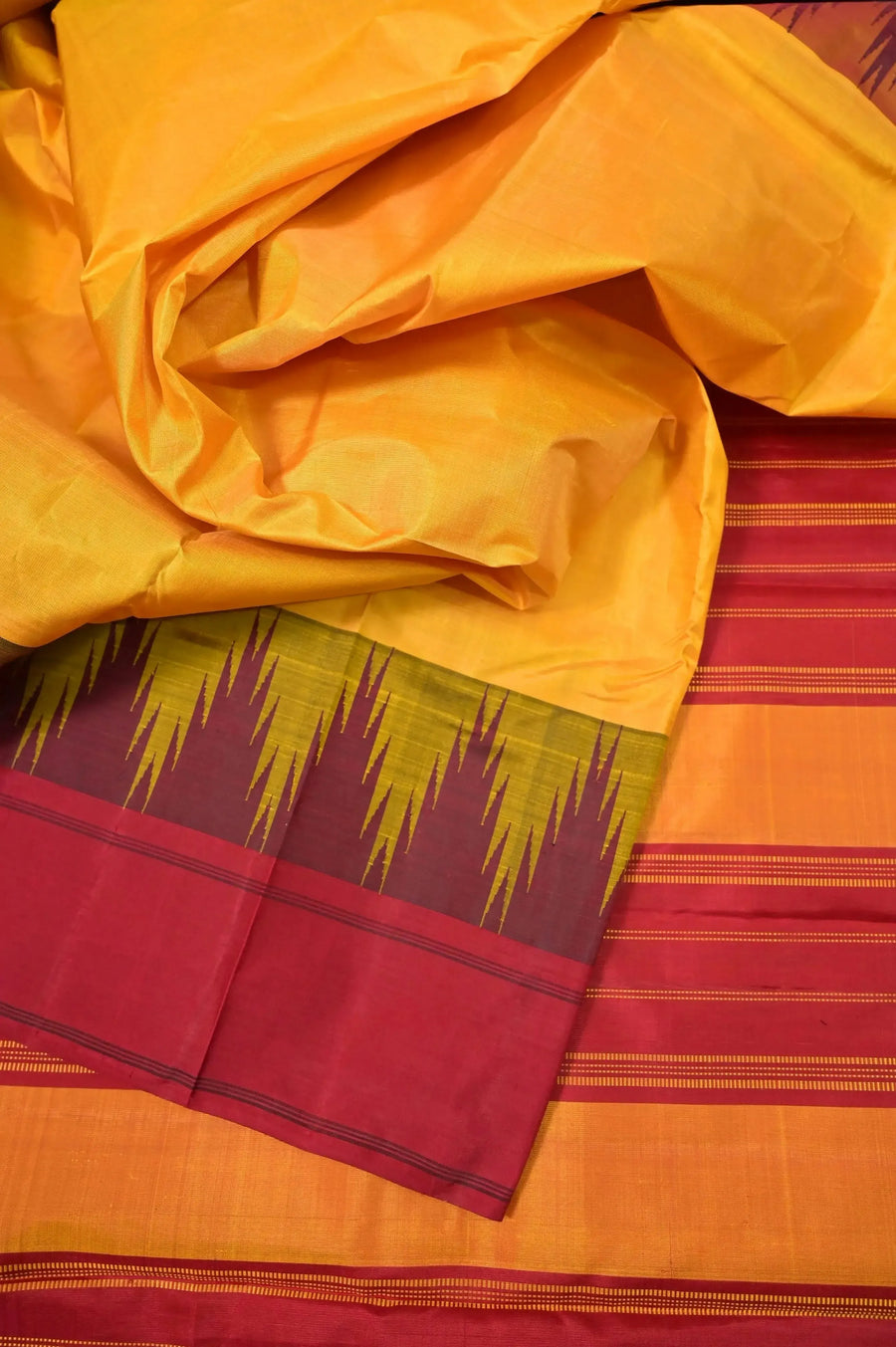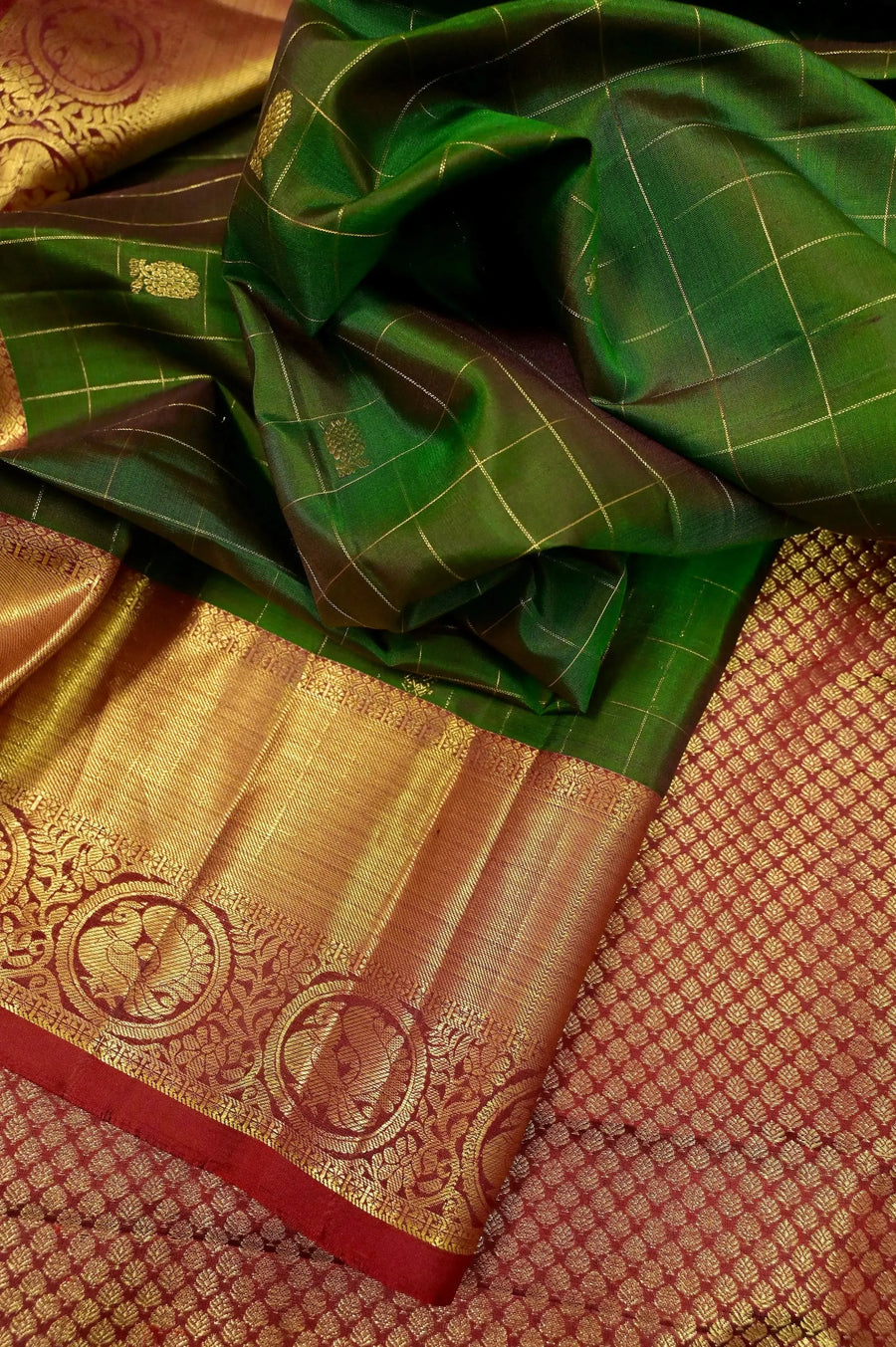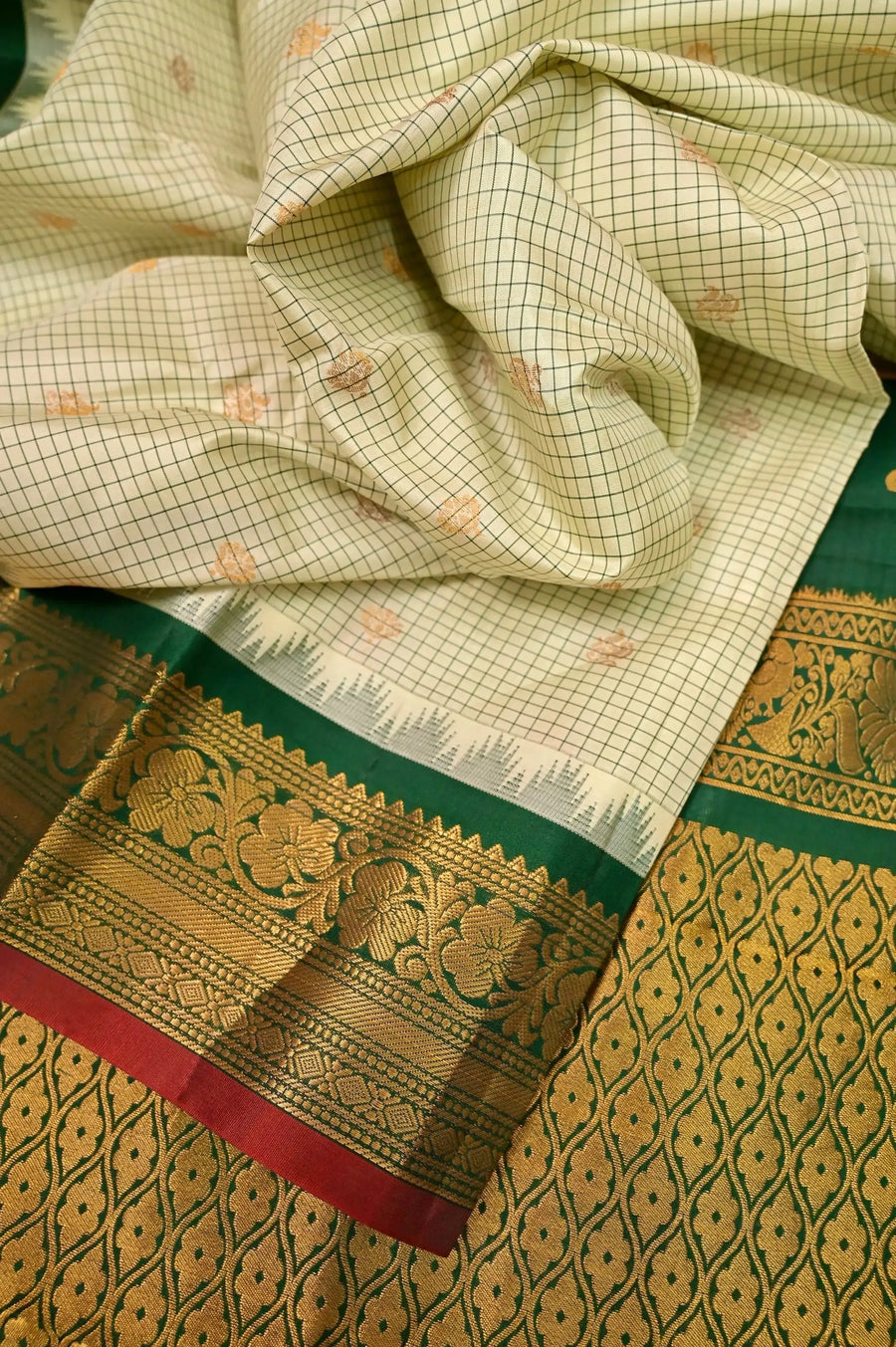How Fabrics Behave with Different Body Movements – This Month’s Saree: Silk
Every month, we explore how a saree’s fabric moves, breathes, and flows with you—because, let’s be honest, a saree is not just about how it looks, but how it behaves when you walk, sit, or dance.
This month, we turn the spotlight on Silk—the queen of textiles, the symbol of luxury, and the eternal companion of every Indian celebration.
Silk has a personality all its own—soft yet strong, fluid yet structured. It doesn’t just sit on your body; it performs with you. So, let’s dive into the art (and a little science!) of how silk moves with you through life’s most graceful moments.









